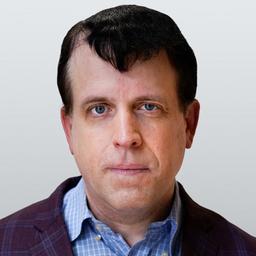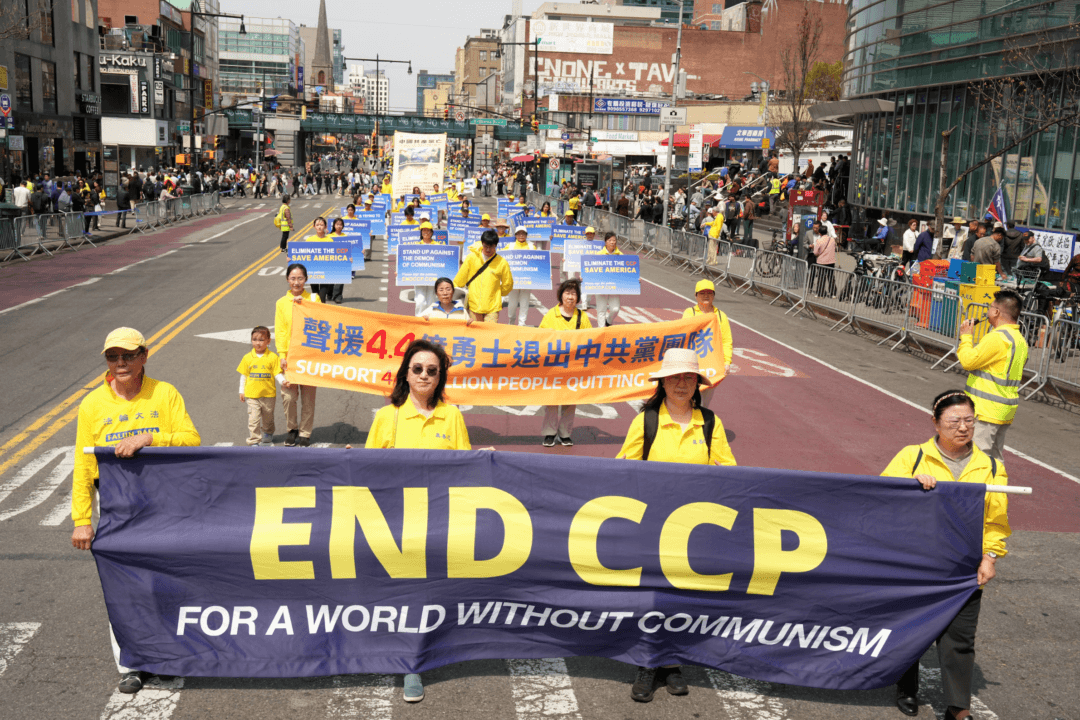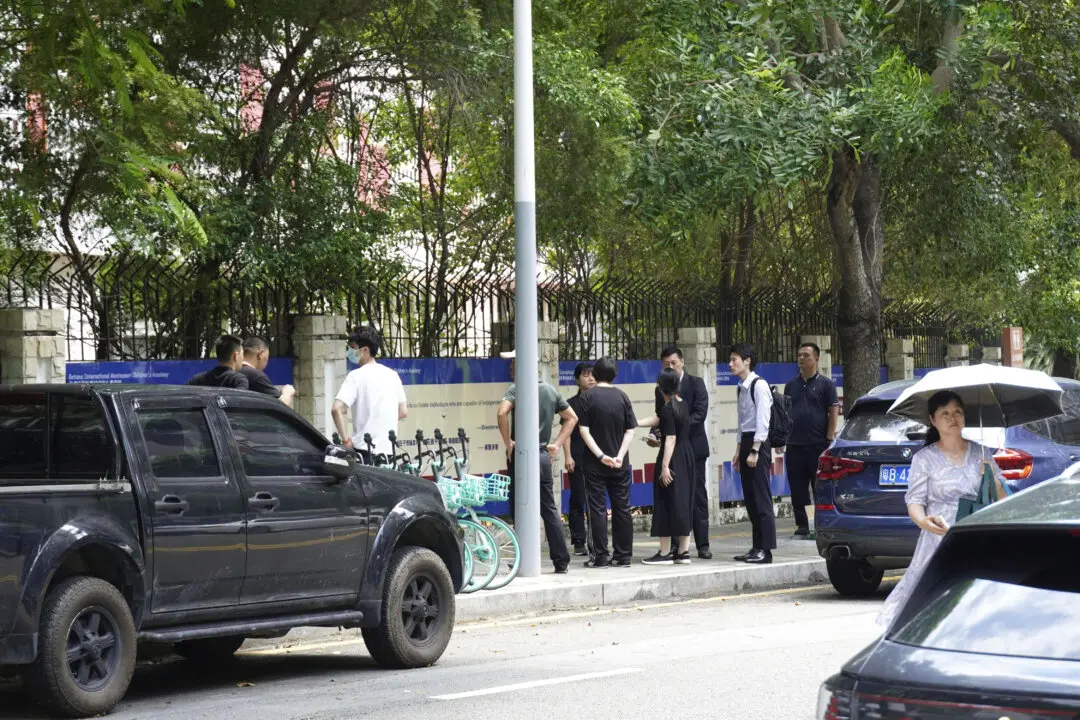The trial against former President Donald Trump—the first-ever criminal trial against a former president—is entering the critical last phase, as both the prosecution and defense have rested.
Testimony concluded Tuesday morning, but arguably, some of the most significant parts of the case took place in the courtroom hours later.
During an afternoon hearing, attorneys argued over definitions and the inclusion or exclusion of terms like “intent,” “criminal conspiracy,” “willful,” and “legitimate press function.”
Prosecutors argued that “unlawful” did not mean “criminal,” and that President Trump did not have to violate a crime to be found guilty of participating in a conspiracy, and that “proof” of intention to participate in a conspiracy was not required based on precedent. Defense attorneys argued there were not even enough facts for this case to go to a jury.
New York Supreme Court Justice Juan Merchan reserved rulings for many of the issues raised.
Parties Grapple With How to Apply Novel Legal Theory
The charges in this case have an unusual structure, and most of the defense’s disputes have been regarding legal interpretation, not factual issues during testimony.President Trump was charged with 34 counts of falsifying business records that prosecutors allege were done to cover up a second crime, an action that elevates the misdemeanors to felonies.
That second charge was not specified in the original indictment but during opening statements as “the purpose of influencing an election,” referring to a statute against the conspiracy to promote or prevent the election of an individual. After arguments, the judge sided with prosecutors that this term did not need to be defined.
The defense then argued that the government must define the “intent to defraud” as it relates to President Trump.
“We think that the government’s burden requires proof that President Trump tried to conceal,” defense attorney Emil Bove said.
Prosecutors said proof was not necessary, as stating the second charge was not even legally necessary. Defense attorneys opposed telling the jury “out of the gate” that they did not need to find proof, as the burden of proof did rest on the prosecution.
Defense attorney Todd Blanche argued that New York law recognizes that conspiracy charges require a “willfully” component, but prosecutors argued it should be “intentionally.”
Mr. Bove argued there was no criminal violation in any of the alleged actions, and prosecutors argued that was not necessary.
No Testimony as Gag Order Remains in Effect
Arguments inside and outside the courtroom have been significantly different, and not only because President Trump ended up not testifying.Outside the courtroom, President Trump often argues that the case was timed for election interference, charging him for actions that go as far back as 2015. He claims the case is politically motivated, citing a tell-all book by Mark Pomerantz, who claimed he resigned from Alvin Bragg’s office when they were hesitant to indict the former president. He claims that federal prosecutors and various agencies had looked at the allegations in this case and declined to prosecute and that even Mr. Bragg did not want this case.

None of this is allowed inside the courtroom. Prosecutors had made efforts to prevent any arguments related to the case being politically motivated, meaning even if President Trump get on the witness stand, he would have to follow a more limited script than the free reign he had in his testimony for his civil case last fall.
Early on in the case, President Trump had also criticized Mr. Cohen and Stephanie Clifford, who received the $130,000 at the center of the case, but a gag order prohibited him from continuing to criticize the witnesses as the trial began.
On Tuesday, President Trump hinted he would risk a gag order violation to speak out should the judge rule against him in pending motions.
Prosecutors Argue Records Speak for Themselves
While Mr. Cohen is often billed as the prosecution’s star witness, he spent much of his testimony defending his credibility, and prosecutors argue he is only one piece of the puzzle.Prosecutors have instead argued that the records in the case speak for themselves and made efforts to enter a large volume of phone records, texts, emails, contracts, checks, and even excerpts from Trump’s books published in the 1990s. Indeed, the majority of testimony was meant to enter records, not provide personal knowledge as to President Trump’s statements or whereabouts.
They brought in witnesses from AT&T, First Republic Bank, and publishing companies where some of these records and documents originated to testify to their authenticity.

Paralegals and analysts testified in order to enter into evidence-specific social media posts, phone record batches, and communications.
Defense Says Case Can’t Go to Jury
The defense has been filing appeals throughout and even since before the trial. A number of motions are before the appellate division of the New York Supreme Court, not to be confused with the New York Court of Appeals, which is the state’s top court.They have also moved for a dismissal in trial court, which Justice Merchan has not yet ruled on. The defense also earlier moved for a mistrial, which the judge rejected.
Defense attorneys moved for a dismissal on Monday after prosecutors rested before arguing that the judge should find Mr. Cohen not credible.
“So you’re asking me to find Mr. Cohen not credible as a matter of law,” Justice Merchan said.
“Yes,” Mr. Blanche said. “It shouldn’t move the court that he continues to lie.”
Tuesday afternoon, they argued again that the trial record lacked the facts needed for a jury to deliberate.“Michael Cohen testified and he didn’t know anything about it. He was asked, why did Allen Weisselberg gross that number up to $420,000. He answered, ‘I don’t know. I just want to get my money back,’” Mr. Bove said. “The government is talking about a tax filing by Mr. Cohen. The Trump Organization was transparent. That doesn’t amount to some kind of agreement to make false filings for Mr. Cohen, and Mr. Cohen didn’t know anything about it.”
Mr. Bove argued there was also no evidence that President Trump or The Trump Organization took a deduction on the payment in question.
“There’s just not enough for this to go to the jury,” Mr. Bove said.








